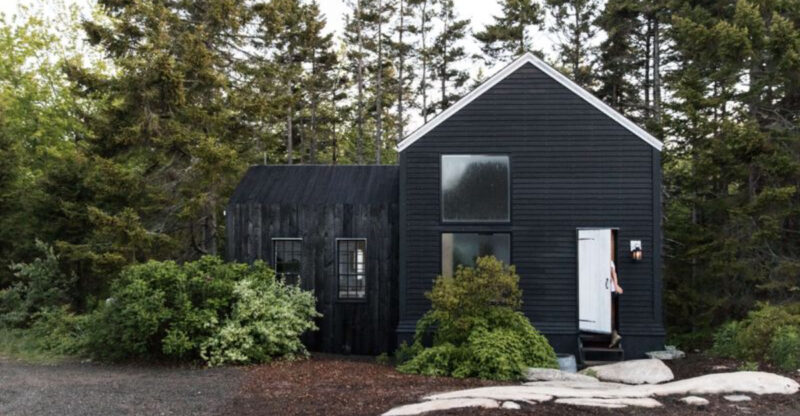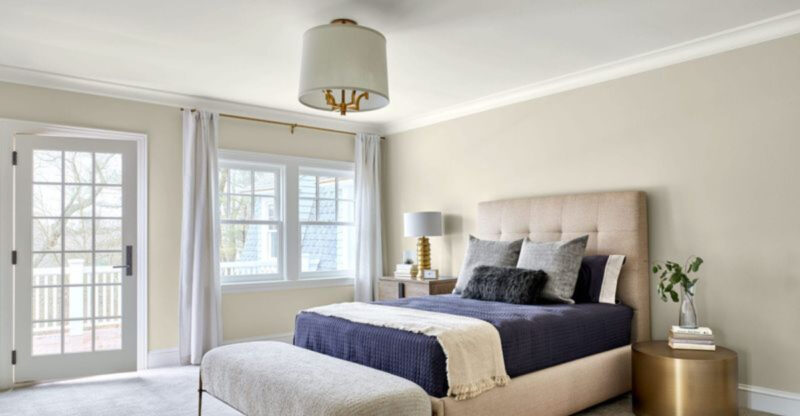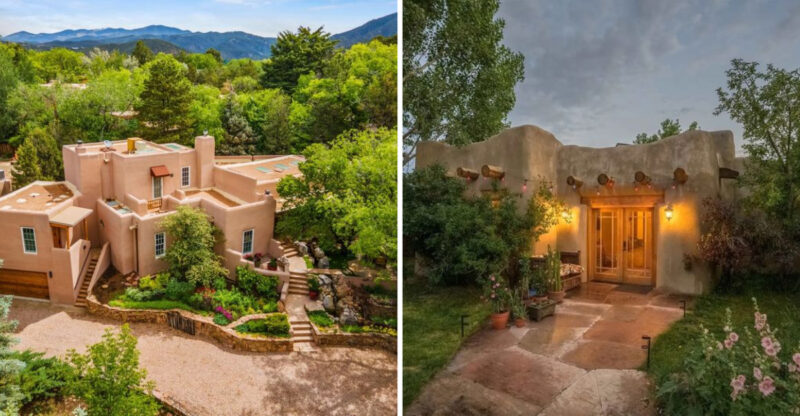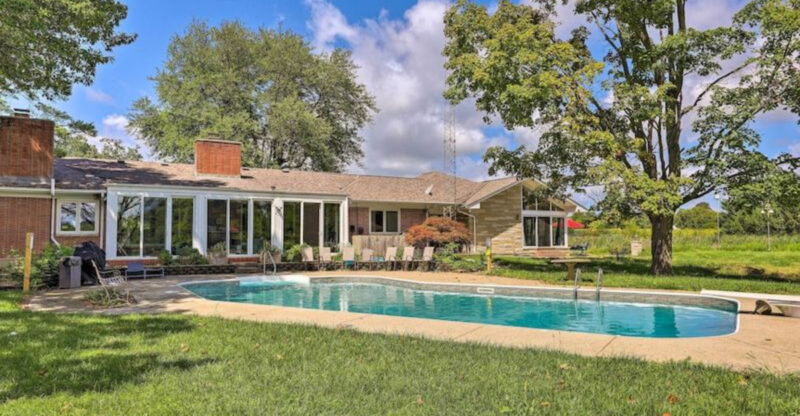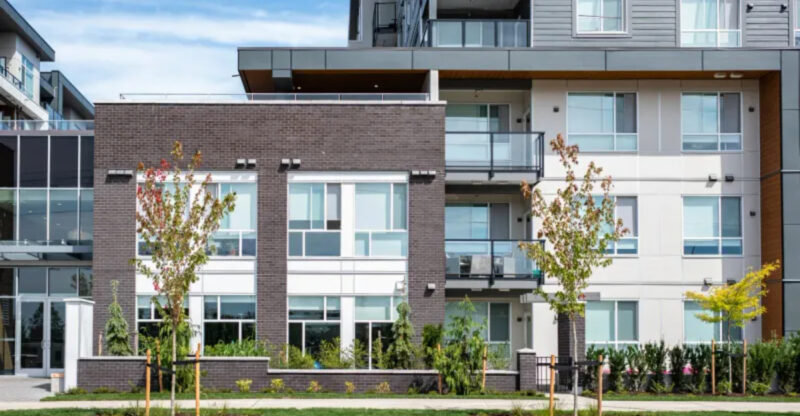Oregon Real Estate Shake-Up: 8 Home Types On The Decline (And 6 That Are Thriving)
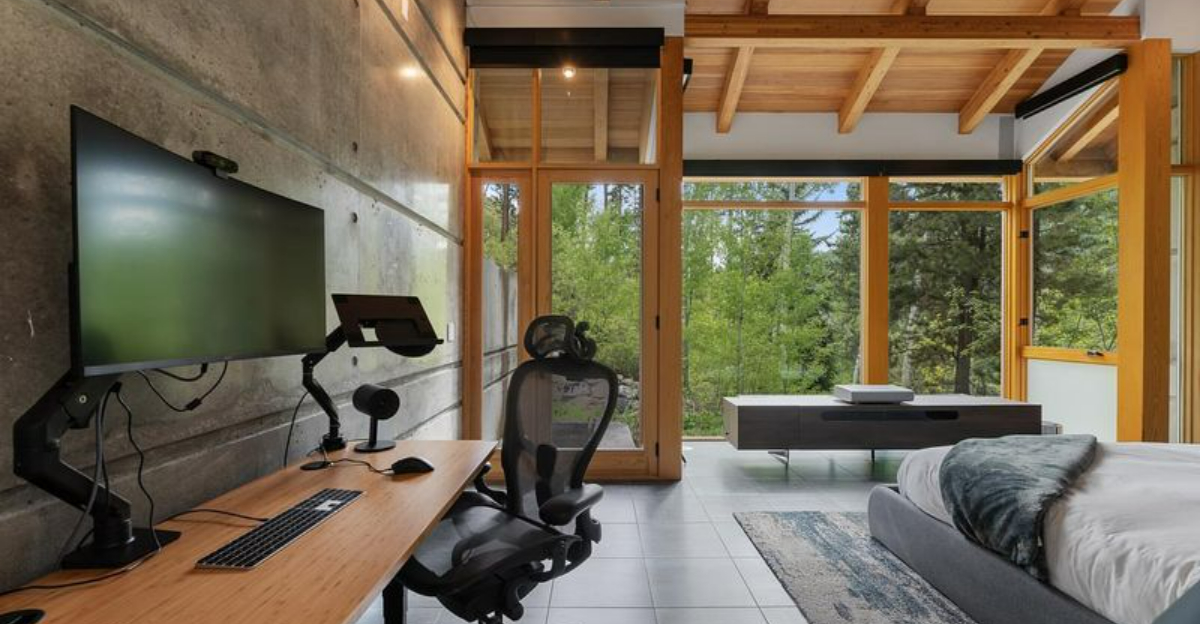
The Oregon housing market is experiencing major changes that affect both buyers and sellers. Some home styles that were once highly sought-after are now losing popularity, while others are seeing unexpected growth.
These shifts reflect changing lifestyles, economic factors, and environmental concerns that are reshaping where and how Oregonians want to live.
1. McMansions Falling From Grace
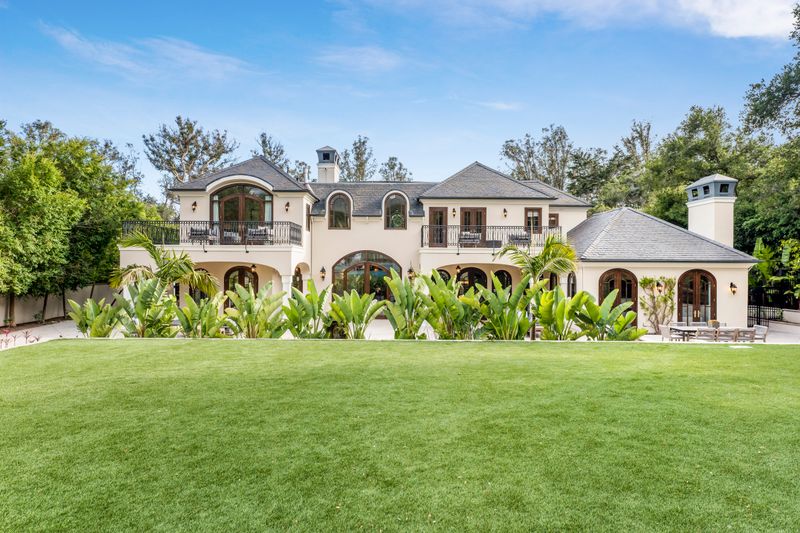
Remember when bigger meant better? Those days are fading fast in Oregon. Massive homes with formal dining rooms and bonus spaces are sitting longer on the market as buyers prioritize efficiency over excess.
Rising utility costs and property taxes make these giants expensive to maintain. Many younger buyers prefer smaller ecological footprints and walkable neighborhoods over sprawling square footage.
2. Rural Fixer-Uppers Losing Appeal
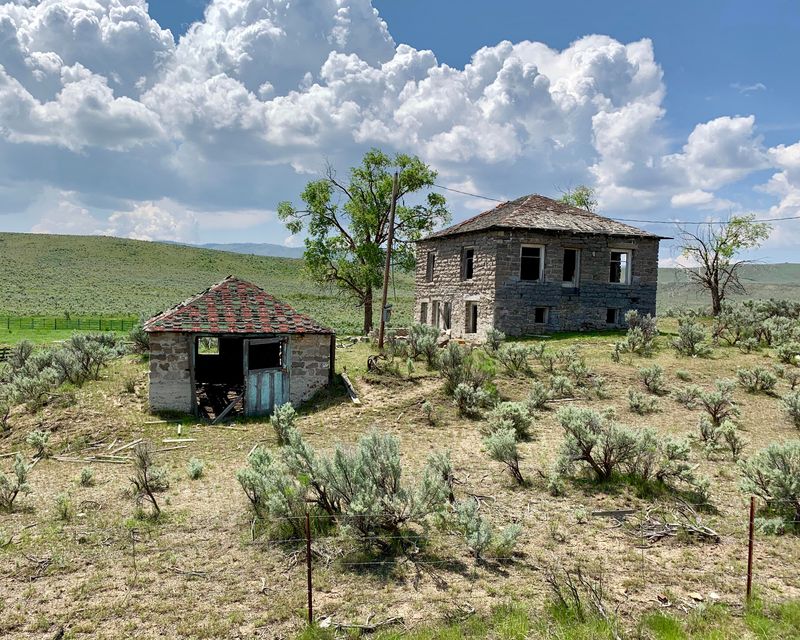
The romance of restoring an old farmhouse far from the city is hitting reality checks across Oregon. Labor shortages have pushed renovation costs through the roof, making these projects financial nightmares for many buyers.
Supply chain issues mean waiting months for materials. Remote work flexibility isn’t enough to overcome the practical challenges of rural living when essential services and reliable internet remain spotty in many areas.
3. High-Maintenance Historic Homes
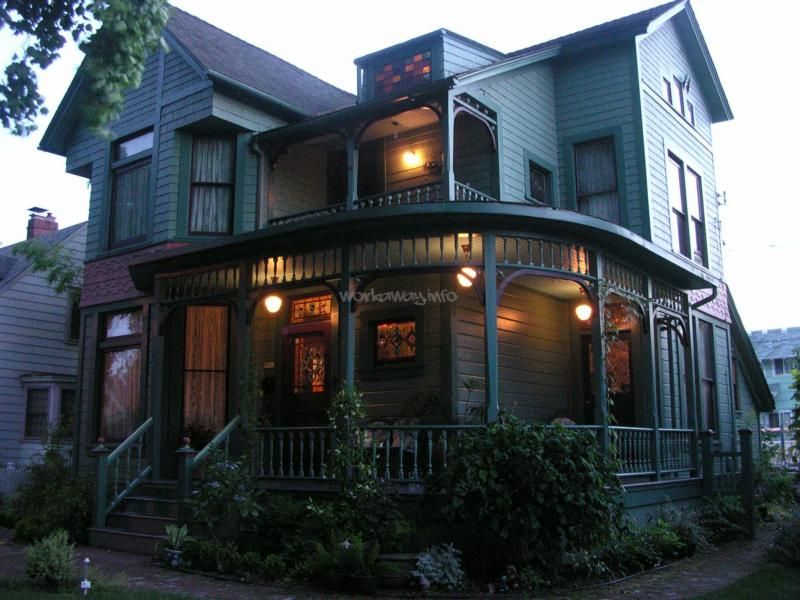
Those charming Victorian and Craftsman homes in Portland’s older neighborhoods aren’t winning hearts like they used to. Skyrocketing restoration costs coupled with strict historic district regulations have dampened enthusiasm for these architectural gems.
Outdated electrical systems and plumbing create headaches for owners. Energy inefficiency is another major drawback, with drafty windows and minimal insulation making heating bills astronomical during Oregon’s damp winters.
4. Cookie-Cutter Suburban Developments
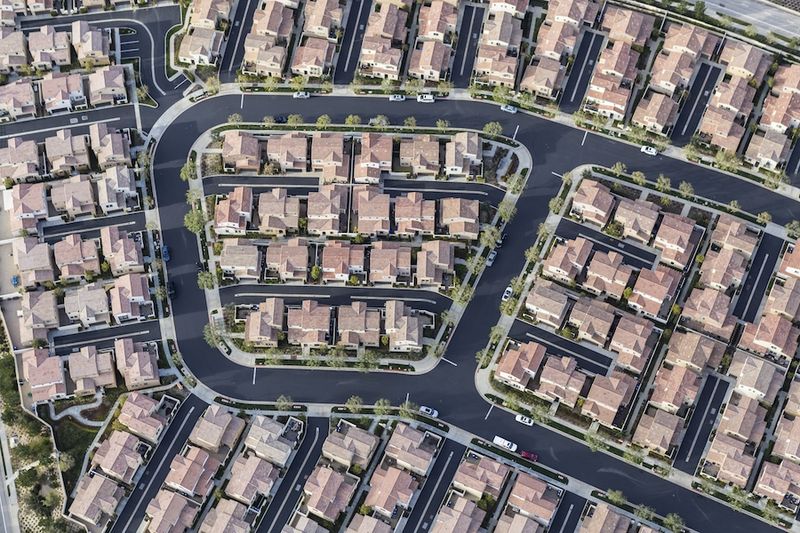
Mass-produced homes that dominated Oregon suburbs in the early 2000s are facing declining interest. Buyers increasingly reject these carbon-copy neighborhoods where every fourth house shares the same floor plan and façade.
Limited lot sizes and restrictive HOAs frustrate homeowners seeking personalization options. The pandemic heightened awareness of design flaws like lack of home office space and insufficient outdoor areas, making these once-popular developments less desirable.
5. Single-Story Ranches Without Updates
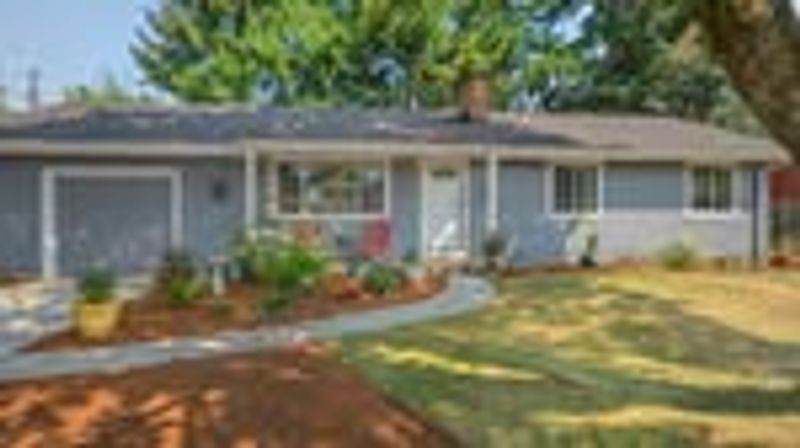
Outdated ranch homes without modern touches are languishing on Oregon’s market. Properties with original kitchens, bathrooms, and closed-off floor plans from the 1960s-80s era face tough competition against updated alternatives.
Today’s buyers expect open concepts and energy efficiency. While the single-level living appeals to aging populations, most aren’t willing to take on extensive renovations, especially with construction costs at premium levels throughout the state.
6. Luxury High-Rise Condos
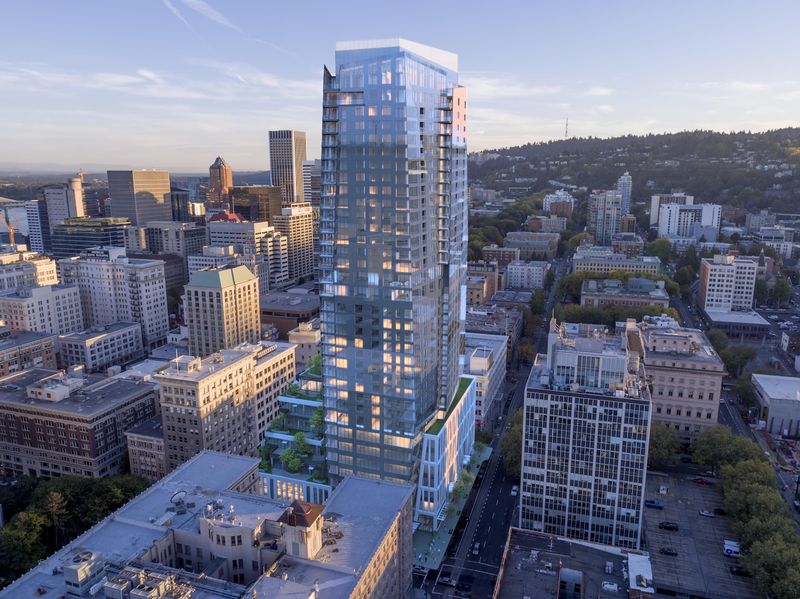
Portland’s luxury condo market is cooling significantly as remote work reshapes housing priorities. Buildings that once commanded premium prices for their proximity to downtown offices now struggle to attract buyers who no longer commute daily.
High HOA fees feel less justifiable when amenities were restricted during pandemic protocols. Many potential buyers are redirecting their budgets toward properties with more space and private outdoor areas rather than shared facilities and elevator rides.
7. Homes in Wildfire-Prone Areas
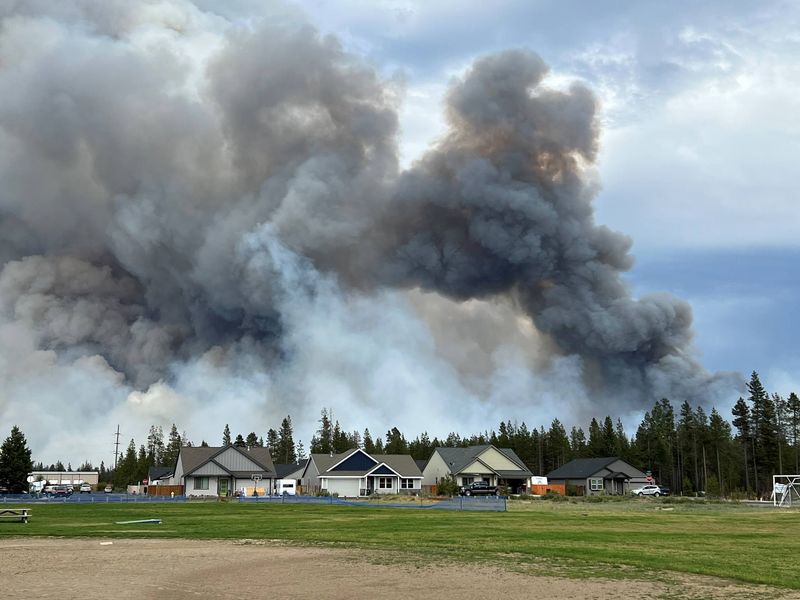
After several devastating fire seasons, properties in Oregon’s wildfire-vulnerable regions face serious market challenges. Insurance companies are either denying coverage or charging astronomical rates for homes near forests or in historical burn zones.
Buyers increasingly recognize climate change risks. Even beautiful properties with mountain views or forest settings lose appeal when weighed against the annual anxiety of evacuation warnings and hazardous air quality during summer months.
8. Traditional Vacation Homes
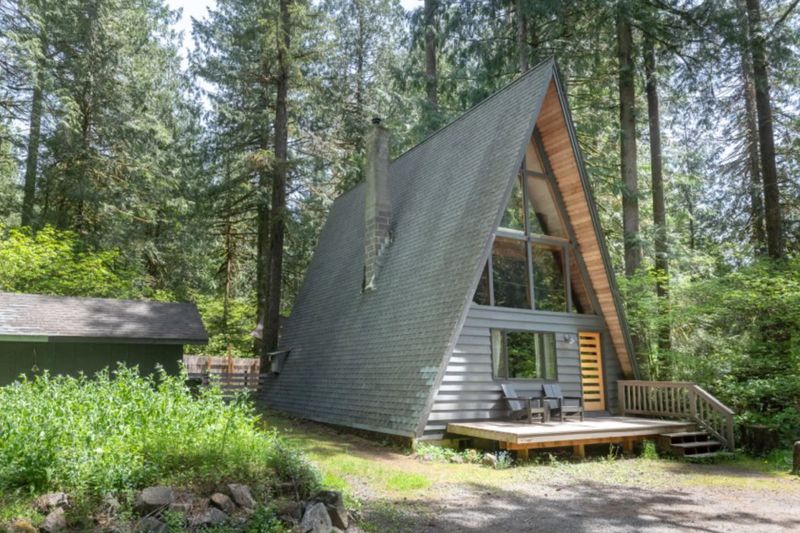
Standard vacation properties along the Oregon coast and in mountain communities are losing their shine. The rise of short-term rental platforms has changed buyer expectations about investment potential and flexibility.
Properties without rental income potential face declining demand. Modern buyers want vacation homes that can generate revenue when not in personal use, making older properties with outdated amenities or in communities with rental restrictions increasingly difficult to sell.
9. ADU-Ready Properties Taking Off
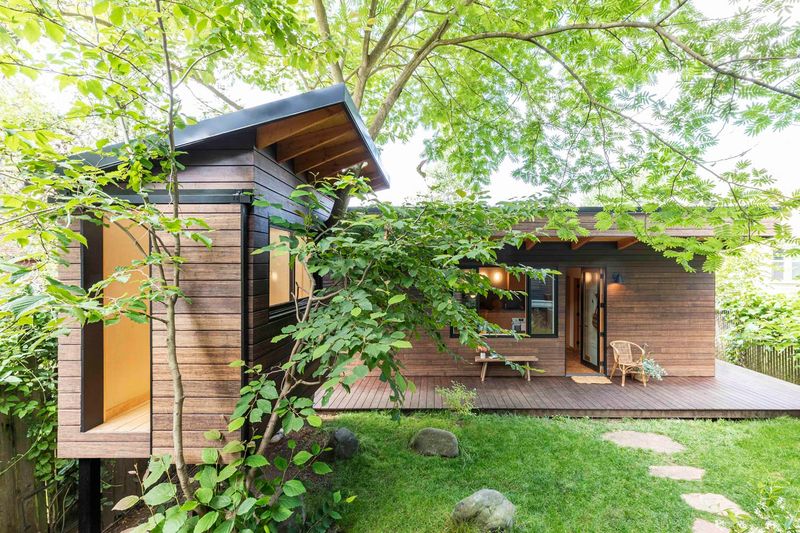
Homes with potential for Accessory Dwelling Units are absolute gold in today’s Oregon market. Recent zoning changes in Portland and other cities have made it easier to add these income-generating spaces.
Large lots with room for backyard cottages attract multiple offers. Buyers love the flexibility ADUs provide—housing aging parents, adult children saving for their own homes, or generating rental income that helps offset mortgage costs in expensive neighborhoods.
10. Energy-Independent Smart Homes
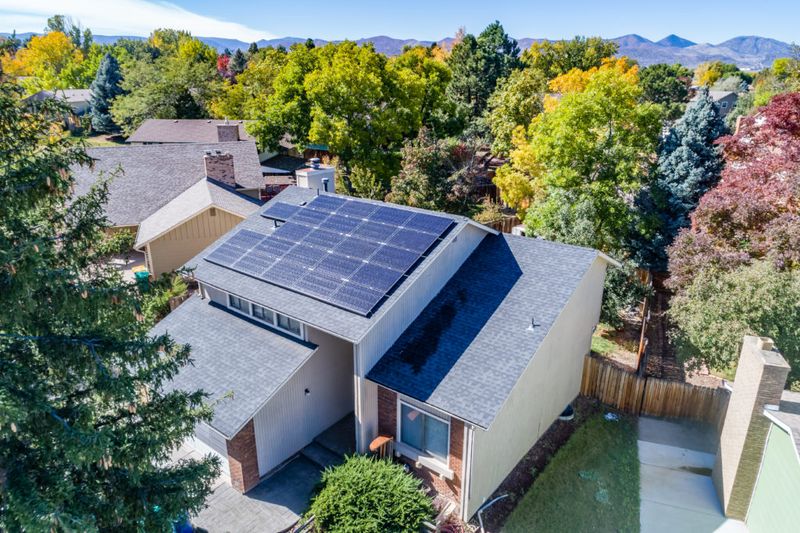
Houses featuring solar panels, battery storage, and smart energy management systems command premium prices across Oregon. Recent ice storms and wildfire-related power outages have highlighted the value of energy independence.
Buyers willingly pay more for homes with lower operating costs. Properties with documented energy savings and the ability to function during grid disruptions sell faster, with many receiving offers within days of listing despite Oregon’s cooling market.
11. Multigenerational Floor Plans
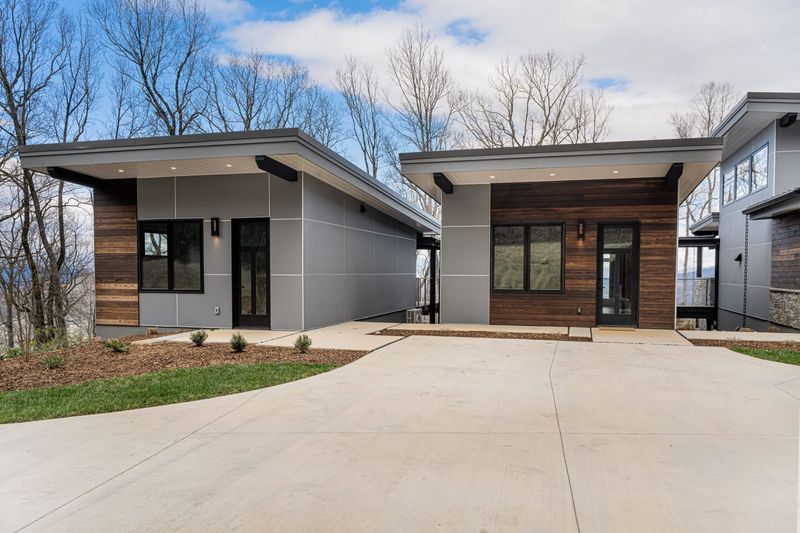
Homes designed for multiple generations living under one roof are seeing unprecedented demand throughout Oregon. Features like ground-floor bedroom suites with separate entrances or attached but independent living quarters are major selling points.
Cultural shifts and economic pressures drive this trend. Housing affordability challenges make combining resources attractive, while many families want to keep aging parents close while maintaining privacy and independence for all household members.
12. Urban Micro-Homes
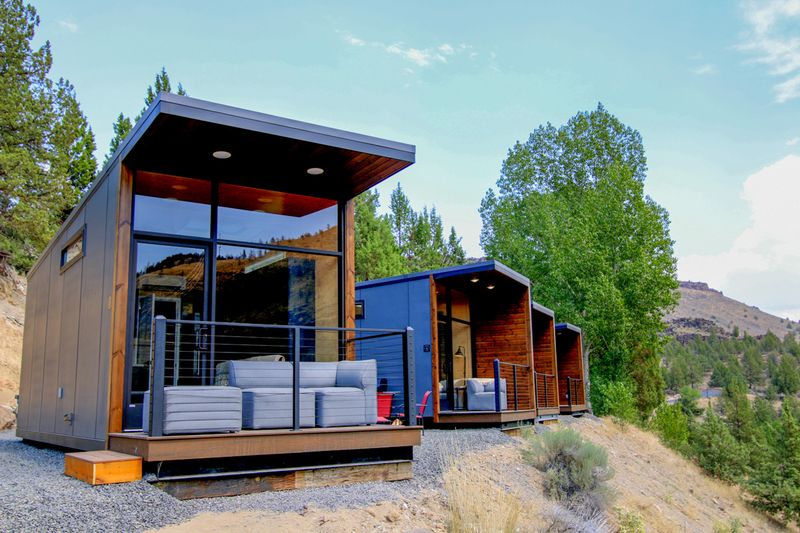
Tiny urban dwellings under 600 square feet are surprisingly hot properties in Portland and Eugene. These compact spaces appeal to minimalists, first-time buyers, and investors alike with their lower price points and efficient designs.
Location trumps size for many Oregon buyers. Small homes in walkable neighborhoods near restaurants, parks, and transit connections sell quickly despite limited square footage, especially when they incorporate clever storage solutions and multi-purpose spaces.
13. Homes With Dedicated Workspaces
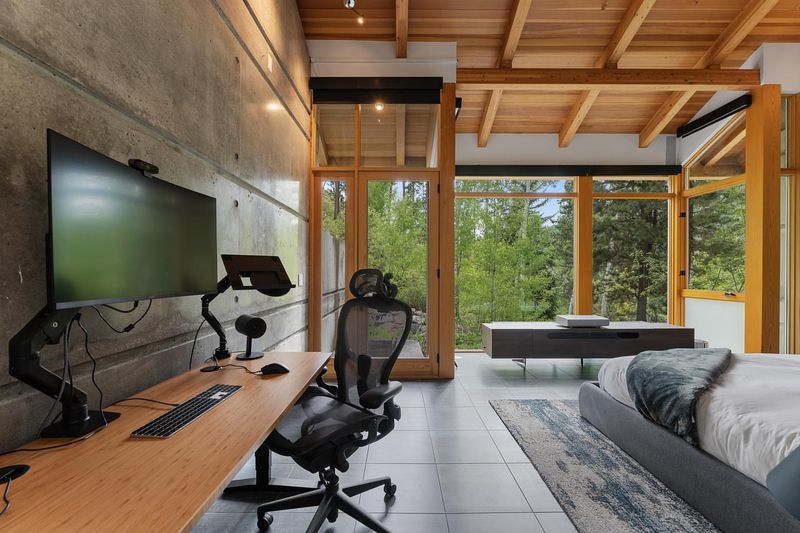
Properties featuring well-designed home offices have shot up in value since remote work became mainstream. Even smaller homes with thoughtfully converted office nooks command higher prices than their office-less counterparts.
Zoom-worthy backgrounds and good natural lighting sell houses. Buyers specifically search for terms like “home office” and “workspace” in listings, making these features worth highlighting for sellers hoping to maximize their property’s appeal in Oregon’s evolving market.
14. Permaculture-Ready Properties
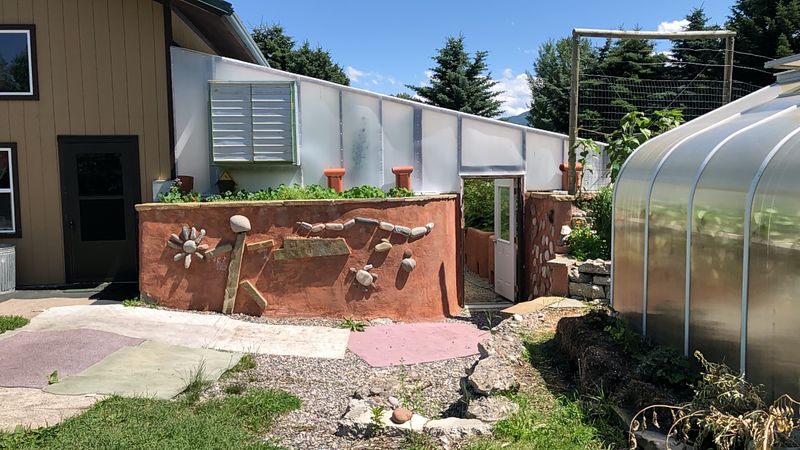
Homes with established gardens, rainwater collection systems, and food-growing potential are seeing intense buyer interest across Oregon. The pandemic sparked renewed interest in self-sufficiency that hasn’t faded.
Properties with fertile soil and southern exposure command premiums. Even small urban lots with established fruit trees or raised garden beds attract multiple offers, while homes with greenhouse structures or irrigation systems already in place often sell above asking price.


